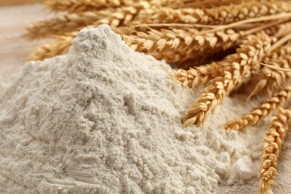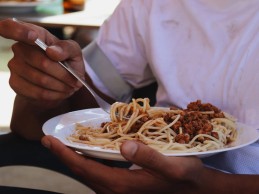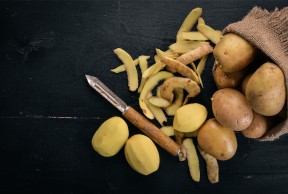Resistant Starch: what it is and how it will help you control your weight
Keeping weight in check is one of the major battles for most cyclists, especially those who train and seek optimal performance. Often, we are not aware that the way we cook food influences its nutritional characteristics, such as the starch found in rice, potatoes, legumes or pasta.

Resistant starch becomes an ally in your diet to lose weight
When it comes to losing weight, the general mantra is initially the same: what goes in must come out, that is, if we ingest more calories than we burn, we will gain weight and if we eat less than we consume, we will lose weight. So far so good, however, it's not that simple as it is necessary in any diet to maintain a balance in the intake of different nutrients so that the body can function properly despite the calorie cut.
When it comes to losing weight, especially for people without a high caloric expenditure, the first thing that is usually cut are sources of carbohydrates, especially those with a high glycemic index, starting, of course, with sugars. However, this cut also affects other major sources of carbohydrates that are limited to the maximum in quantity due to their high energy density.
RECOMENDADO

When do helmets have to be changed? Do they have an expiration date?

Some reasons to stay away from the road in winter

The best apps for cycling and mountain biking

Black Friday 2025 cycling bargains: save on Garmin, POC, Maxxis and more

Black Friday Garmin 2025: the ultimate guide to choosing your GPS at the best price

Do you need suspension on your gravel bike?

But, what if we could consume more of these foods so that we don't go hungry due to the tiny amounts that are usually prescribed, and without this increasing the intake of carbohydrates? Well, this is partly possible thanks to something known as resistant starch, which is nothing more than a way to describe the difficulty of starch absorption for the body.
Foods like potatoes, legumes, pasta or raw rice are mainly composed of starch, a complex carbohydrate that is very difficult for the digestive system to absorb. When cooked, the starch undergoes a kind of degradation that makes it easier for the body to absorb, that is, it increases the glycemic index of these foods. That's why it's often recommended that pasta be al dente or rice not be pasty when we cook it because, if we overdo it, the glycemic index increases a lot which means increasing insulin spikes and providing so many carbohydrates at once that there's no time to burn them and they end up stored as fat, and that's not in our interest.
Well, apart from cooking the food lightly, if we cool it in the fridge right after cooking, the starch undergoes a process called retrogradation that makes it resistant to absorption again, even if we reheat it when we consume it, of course, without excessive temperature so that this resistant starch does not degrade again.

With this, we achieve, on the one hand, that much less amount of carbohydrates is absorbed from a certain volume of food and, that what passes into the bloodstream does so very gradually. In addition, the starch that is not absorbed has the peculiarity of having prebiotic qualities, favoring the intestinal flora which improves the functioning of the intestine which will also help when losing weight.
Related to this, some studies suggest that the consumption of resistant starch would improve insulin resistance problems as well as certain problems in fat metabolism which, obviously results in a better functioning of our entire digestive system and in the way the body processes food.